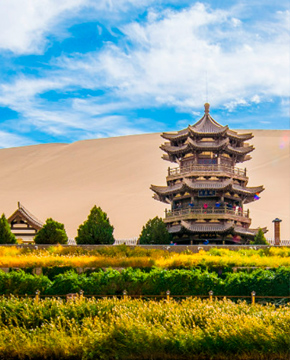When talking about Xinjiang, visions that come to mind include beautiful scenery and delicious food. But there's more to this northwest China's Uyghur autonomous region for their eyes. A place rich with history and diverse with ethnic groups deserves a closer look.
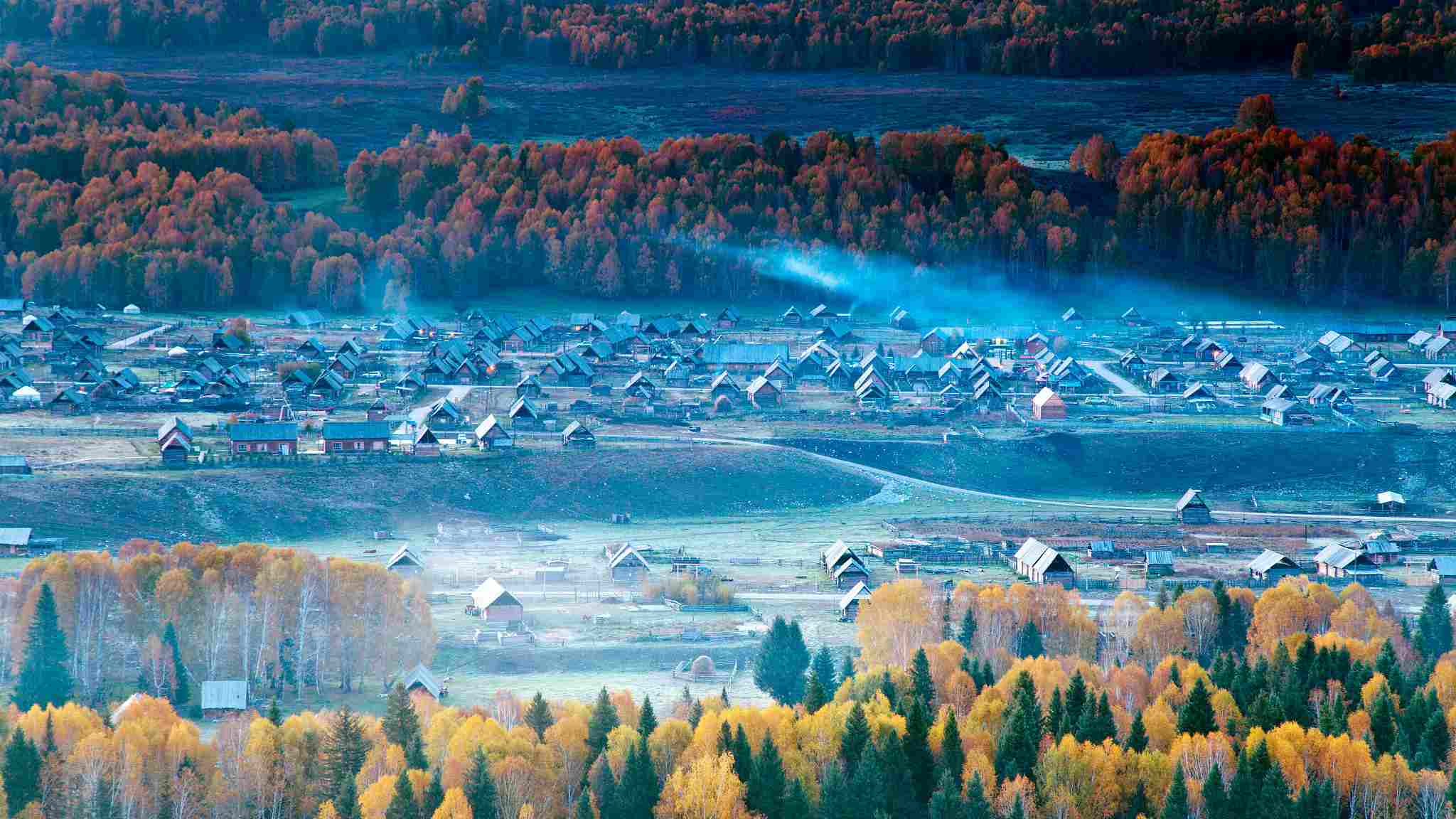
Alataw Pass
Alataw Pass is one of the youngest Chinese border ports. Before the city was established in 2013, the city was just known as a railway stop. Five years on, up to 70 percent of freight trains to Europe pass through this border town.
In addition to the goods transportation, people-to-people trade is also vital in Xinjiang. The China-Kazakhstan Horgos International Border Cooperation Center is a free trade area located directly on the border of the two countries. It's the world's first cross-border free-trade zone and the largest duty-free shopping centre in western China.
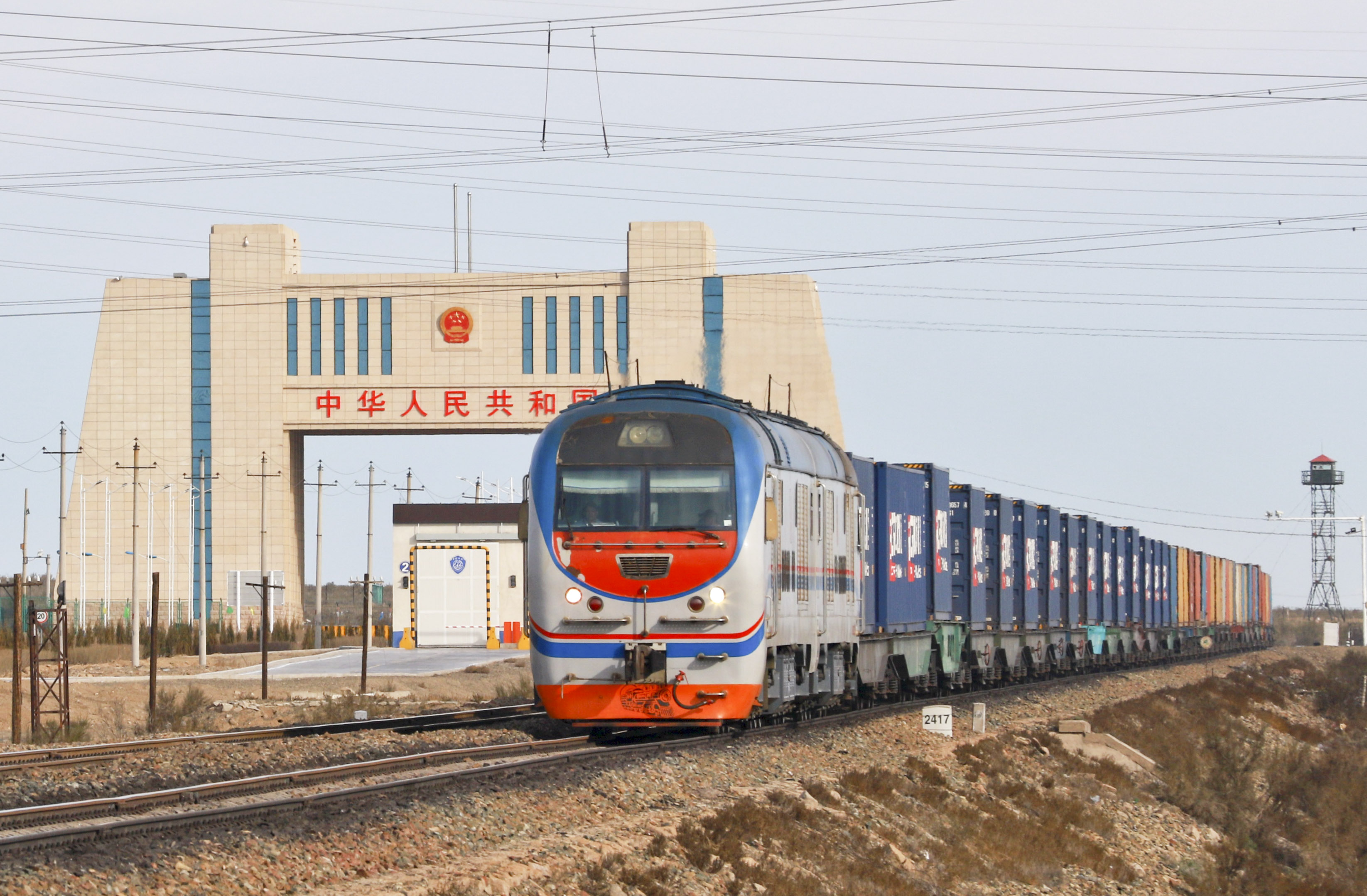
Xinjiang Natural Resources
Xinjiang has rich natural resources, more than 40 per cent of its total area is suitable for the development of agricultural, forestry and animal husbandry. But there's a balance between the three of them. At the Sayram Lake area, local authorities are clearing out grassland for grazing to protect the ecosystem.
At 2,073 metres above sea level, Sayram is the largest alpine lake in Xinjiang. The lake covers an area of 458 square kilometres, but this number grows each year due to global warming.
Local authorities have carried out plans to protect natural resources. The 67-kilometre long highway around the lake was built to curb the destruction of the grasslands. Now the average water quality at Sayram has reached the country's drinking standards.
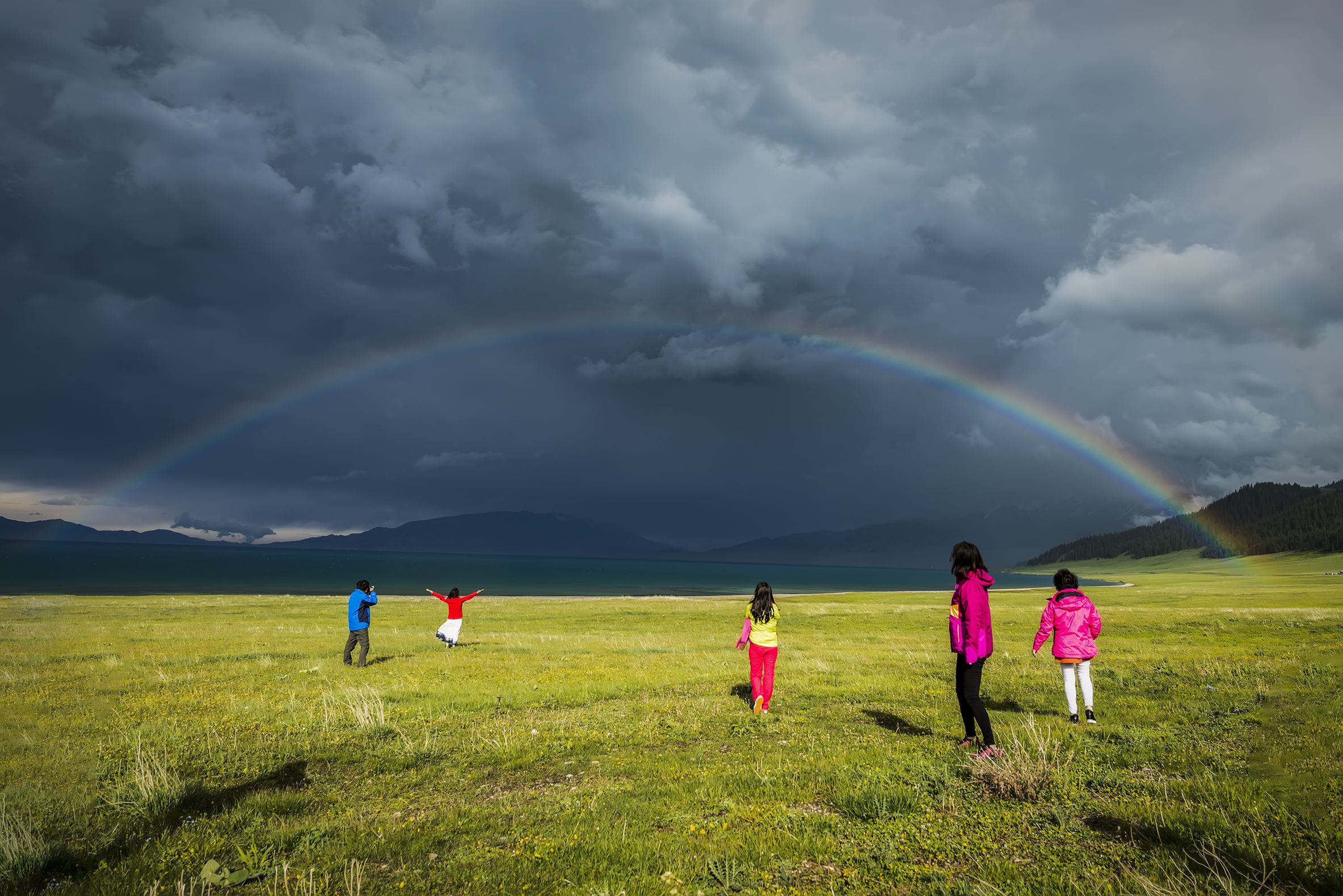
The cotton-picking in Xinjiang
Xinjiang is located at the pivotal point of the ancient Silk Road. The autonomous region is rich in cotton. Every year, the cotton-picking season begins in October and lasts as late as January or February. The long-lasting picking tide is due to the high productivity of the fields.
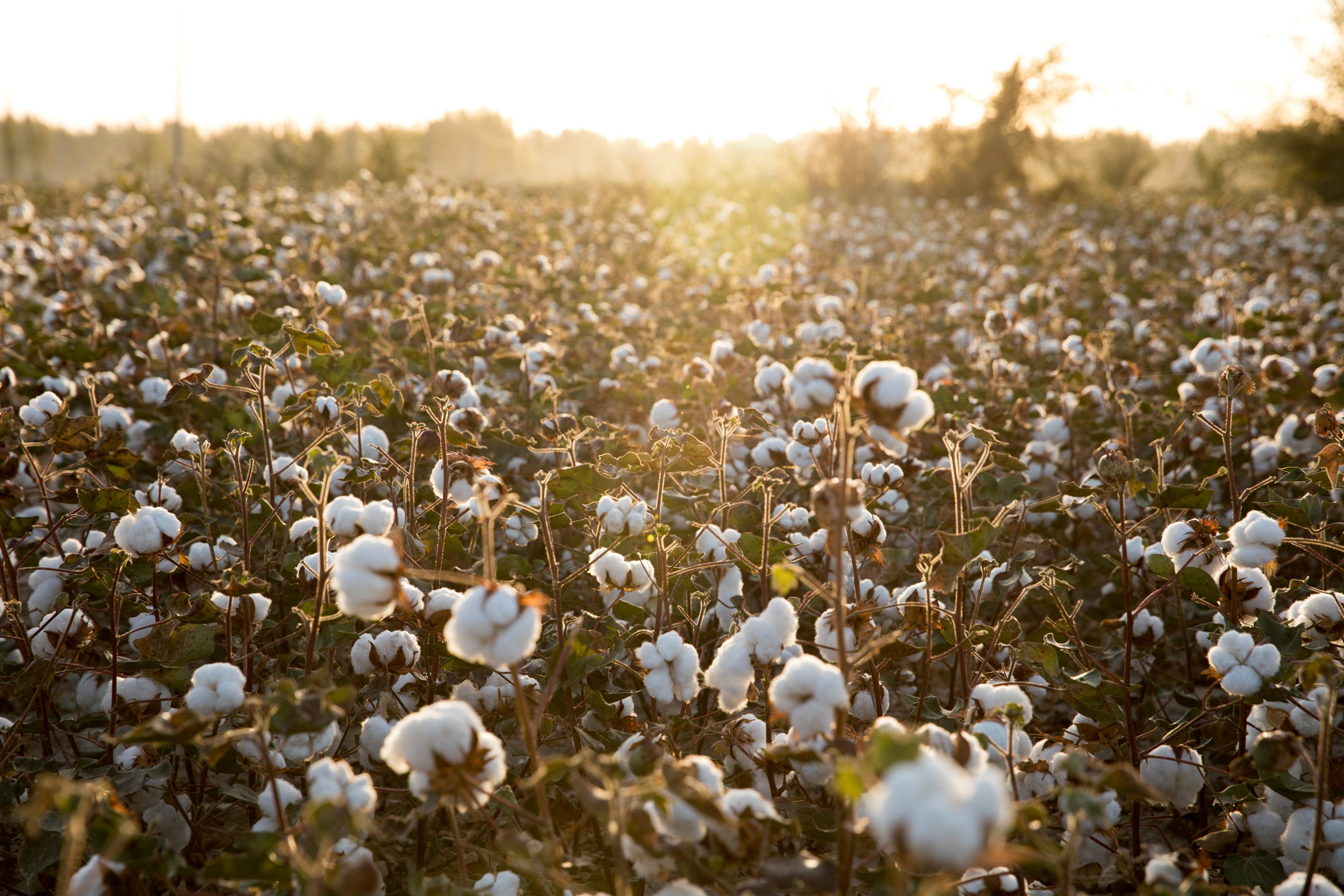
Kashgar
As one of the popular travel destinations in Xinjiang, stepping into Kashgar is like being transported into the mysterious Arabian Fairy Tales.
This far-flung city in Xinjiang is a must-see for its beautiful scenery and intoxicating culture. Miraculous, modern China peels away to reveal the arresting sights, sounds, fragrance and atmosphere of a 2,000-year-old Middle Eastern Town. Open-air markets hum with squawking livestock and the buzz of locals. Every so often, old mosques peep out from a labyrinth of the well-worn, humble homes and rouse the neighbourhood with calls prayer.

Kashgar Night Market:
You will never know the real Xinjiang if you've never been to Kashgar, and a journey to Kashgar is never complete without savouring its local specialities. As one of the best cities to sample authentic Xinjiang cuisine, Kashgar is noted for its diversified food culture.
Opposite the Id Kah Mosque in Kashgar's old town lies the Haan Bazaar. When the evening closes in, the twilight marks the beginning of a culinary adventure. The market draws in large crowds of locals and visitors to fulfil their inner foodie desires.
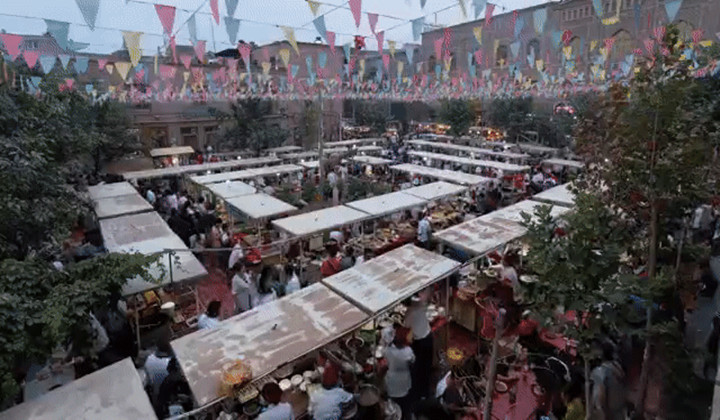
Recommended Xinjiang Tours:

